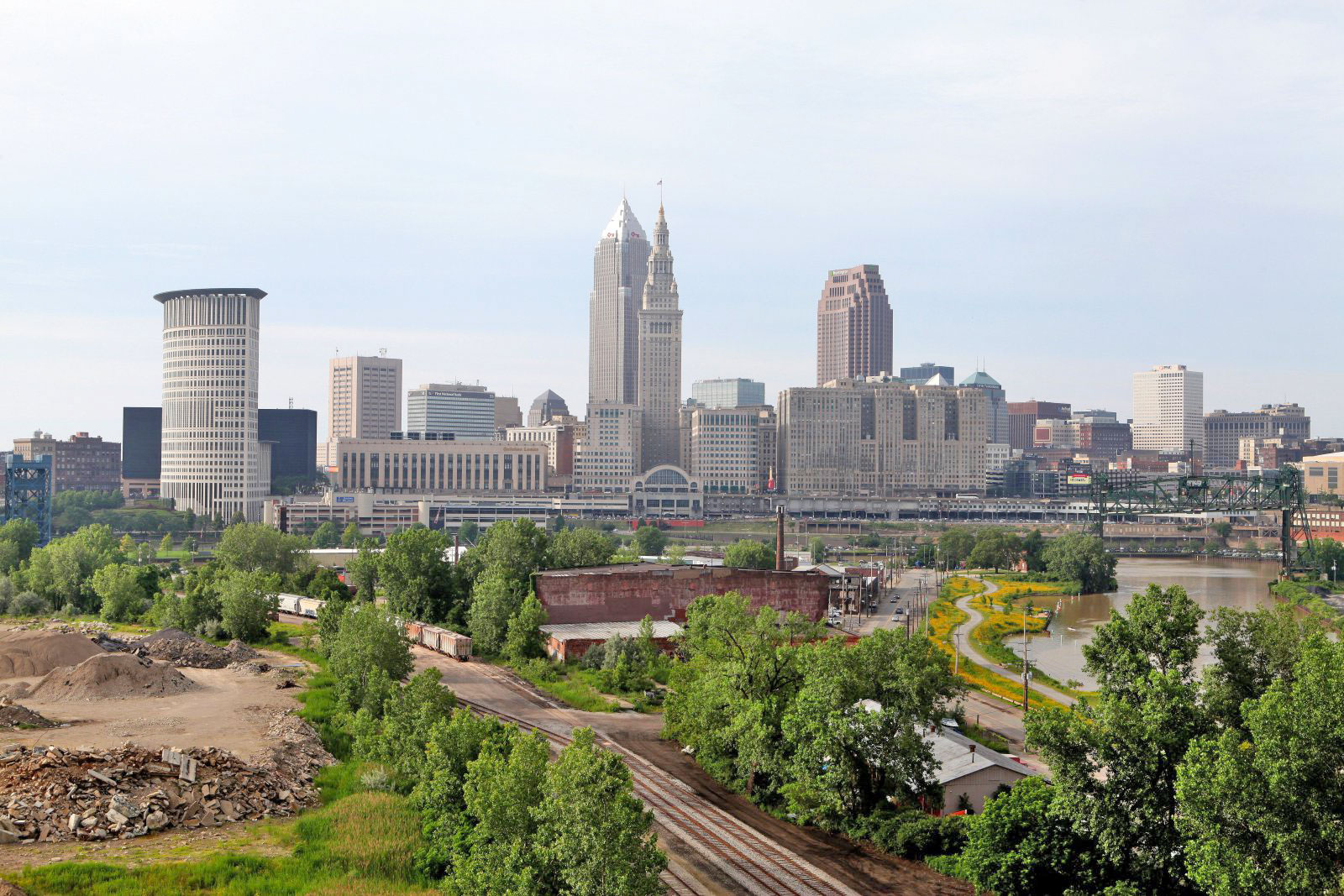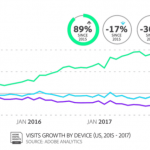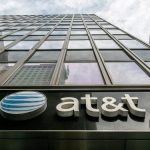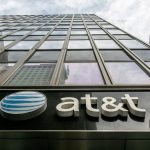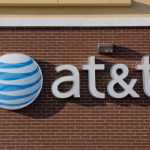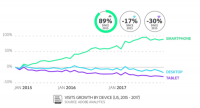Community group: AT&T ‘digitally redlines’ poor neighborhoods
Cleveland-based community groups have issued a report accusing AT&T of engaging in a process known as “digital redlining” with regards to its broadband service in the city. The groups, Connect Your Community and the National Digital Inclusion Alliance (NDIA), allege that AT&T has purposefully and “systematically discriminated against lower-income Cleveland neighborhoods in its deployment of home Internet and video technologies over the past decade.”
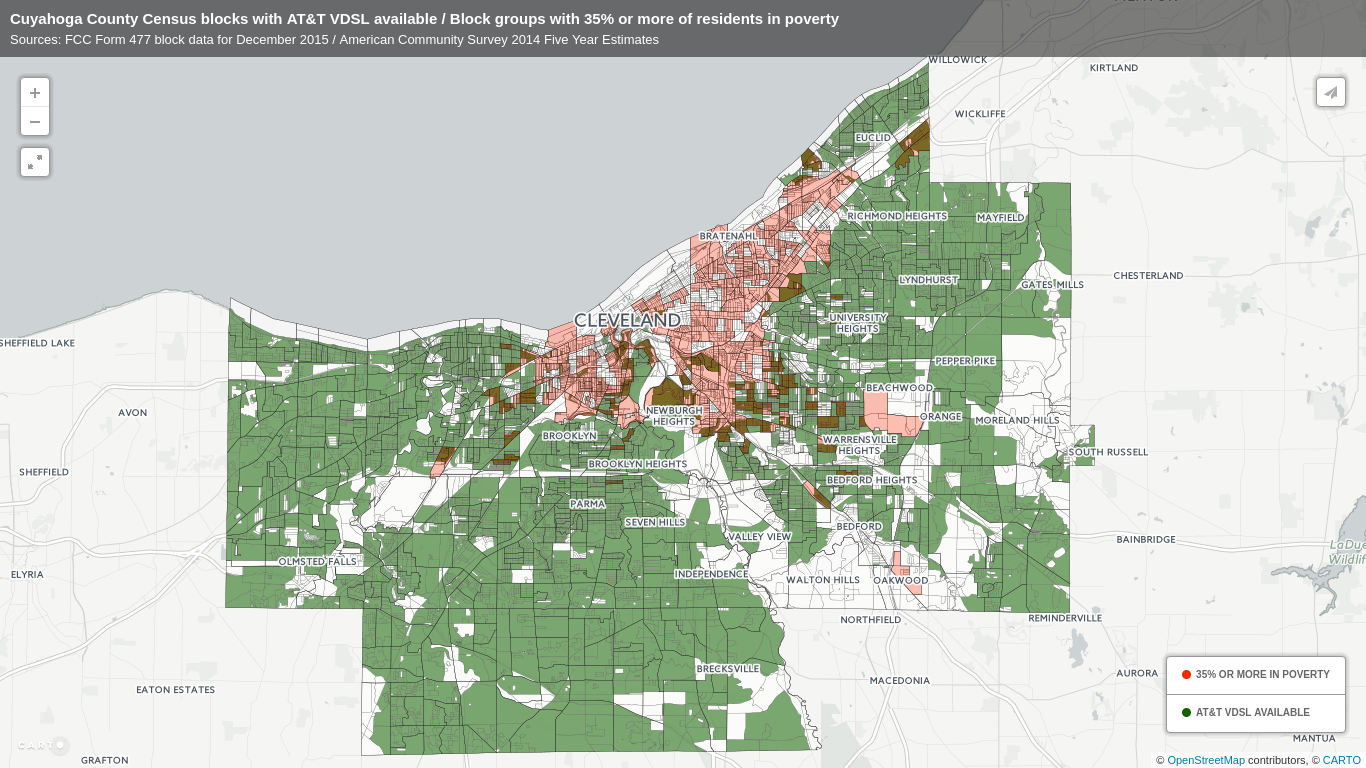
“Digital redlining” is an update to an older real estate term wherein lenders would refuse to loan money to people in low-income areas because they were deemed a financial liability. The technique was often used to segregate minorities and the working class from their wealthier white neighbors until it was outlawed by the Fair Housing Act of 1968 and again by the Community Reinvestment Act of 1977. “When lending institutions have engaged in similar policies and practices, our communities haven’t hesitated to call it ‘redlining,'” the advocacy groups reported. “We see no reason to hesitate to call it ‘digital redlining’ in this case.”
However, AT&T has reportedly been practicing a similar technique in Cleveland, Ohio with its broadband upgrades. “Specifically, AT&T has chosen not to extend its ‘fiber-to-the-node’ VDSL infrastructure—which is now the standard for most Cuyahoga County suburbs and other urban AT&T markets throughout the US—to the majority of Cleveland Census blocks, including the overwhelming majority of blocks with individual poverty rates above 35 percent,” the report states.
So while folks out in the suburbs enjoy connection speeds from 18Mbps up to 1Gbps, those in the poorest urban neighborhoods were stuck with paltry speeds of 768kbps to 6mbps. That doesn’t even qualify as broadband according to FCC guidelines. What’s more, this practice violates state provisions that otherwise prevent cable companies from excluding customers based on their income and race.
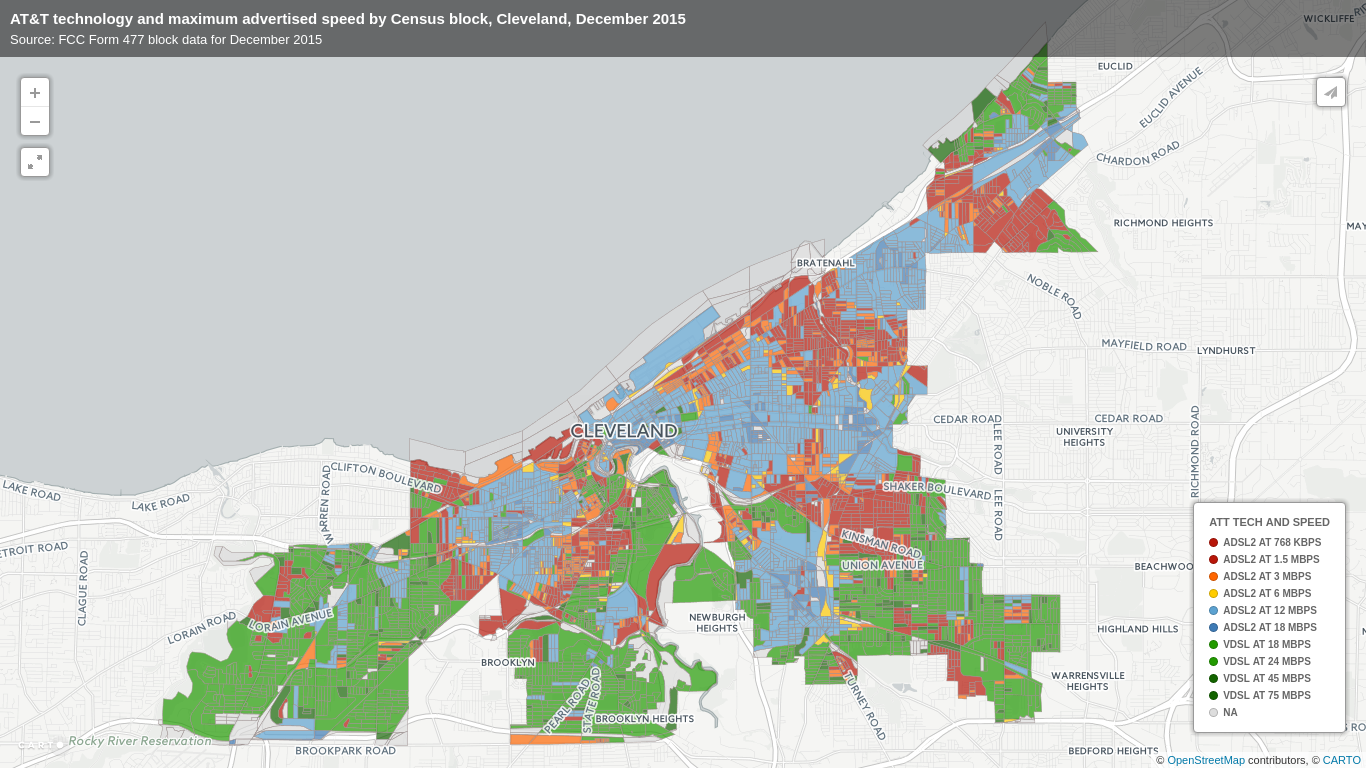
This isn’t the first time that AT&T has been caught being sneaky with its service offerings in the Cleveland area. In 2016, the NDIA sounded the alarm on AT&T’s practice of overcharging customers in areas where the company had yet to upgrade its network architecture. In 2015, when AT&T and DirecTV were attempting to merge, the FCC required that AT&T discount its service fee to $5/month for low-income customers until the company upgraded its equipment. Instead, AT&T exploited a loophole in the requirement and continued to charge those customers full price even though their connection speeds didn’t top 3Mbps. It wasn’t until the NDIA brought this practice to light that the company announced it would comply with both the word and the spirit of the FCC ruling.
When reached for comment, a representative for the NDIA declined to comment but directed me to local news coverage of the story. A representative for AT&T issued the following statement: “Access to the internet is essential, which is why we’ve continuously invested in expanding service and enhancing speeds. The report does not accurately reflect the investment we’ve made in bringing faster internet to urban and rural areas across the U.S. While we are investing in broadband, we’re also investing in technologies that will mitigate some of the infrastructure limitations.”
(61)



